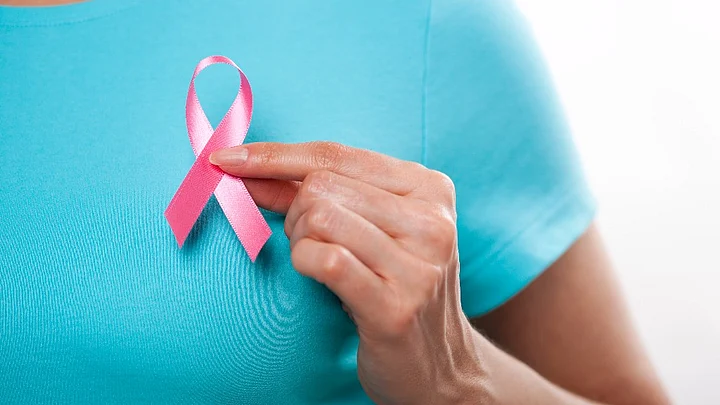Breast Cancer can be detected at an early stage through self-examination at home. According to the American Cancer Society, more breast cancers are detected at an early stage due to self-examining techniques.
No single test can help us detect cancer on its own. We need to use a combination of self exam and a medical test to be sure that the person is suffering from breast cancer.
Self-exam when combined with mammograms and other screening tests can help you be aware of your cancer at an early stage and you can treat it in time to avoid complications in the future. You can examine your breasts the following ways:
It is important to be aware of how they look and feel while detecting any cancerous symptoms through self-examination.
It is important that you understand that every woman has different size, shape and consistency of their breasts. One breast can be larger than the other and they can keep changing during your lifetime. Some tend to have lumpy armpits after their periods. Therefore, the UK NHS says women must know these five points regarding breast cancer self-examination:
Know how your normal breast feels like
know how your normal breasts look like
Know the kind of symptoms you should look for
Consult a doctor if you find any symptoms
Go for regular screening between the age of 50 to 70
Breast Cancer: Self Examination
You can start looking for any breast abnormalities starting with the visual examination of the breasts, by keeping your hands at the side in a neutral position in front of the mirror. Few of the symptoms may include:
Change in shape and size of either of the breasts
Dimpling or puckering of the nipple or skin
Persistent rash or change in skin around the nipple
Nipple retraction or inversion
Bleeding or discharge from the nipples
Accentuated vein on the surface of the breasts
Redness or soreness of the breasts
Unusual swelling in one of the breasts
Then, you can raise your hands above or behind your head or press your hands against your hips for bringing in some tension in the chest muscles. It helps in closer observation of change in size or shape of one breast or puckering or change in skin around the breast.
To feel for changes in your breasts, underarms or collarbone more accurately, do so by lying down as the breast tissues get distributed evenly when a person is in this position. You can look for:
any lump, thickening or swelling in the breasts or near the underarms
enlarged lymph nodes near the underarm or collarbone
You can also place a folded towel or pillow below your shoulders and elevate your arms to use the finger pads of your three fingers to feel the breast tissue in a circular motion. You can use three varying pressure levels- light, medium and firm to feel the upper skin of the breasts and then the tissue near the muscles and ribs.
Examine the whole breasts systematically in the clockwise or anti-clockwise direction. Do the same around your nipples to check for any symptoms or lumps.
To check your underarms, keep them in the resting position. Start from the hollow of the underarm and move towards the breasts with overlapping, small circular motions.
For checking for any changes above the collarbone, use light pressure and move in circular motions. The same things can be repeated on both sides of the body for an overall check up.
You must understand that self-exam is a great complementary step with other screening tests but cannot be a substitute for self-exam. So, seek medical help in case of emergency.
(At The Quint, we question everything. Play an active role in shaping our journalism by becoming a member today.)
